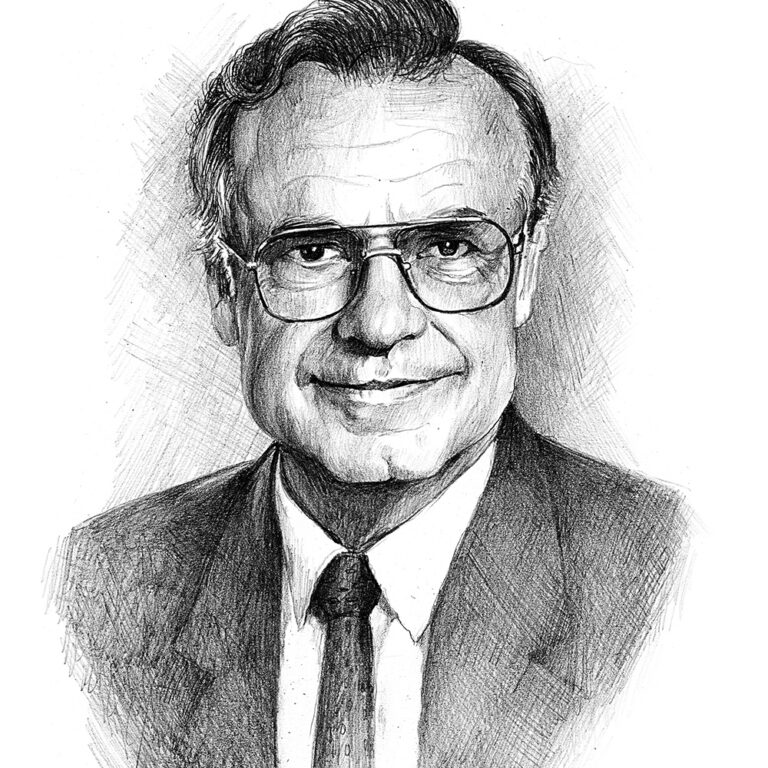

Professor Herbert Walther
King Faisal Prize in Science 1993 Laureate
Topic: "Physics "
It was great to learn almost daily about the new applications of the laser and to participate actively in the development of the field

Herbert Walther received his undergraduate degree in Physics in 1960 and a Ph.D. degree in the same field in 1962 from the University of Heidelberg. Then, he pursued his post-doctoral research at Heidelburgh and the Technological University in Hannover. He served as a guest lecturer at the University of Hannover in 1968 and subsequently held established positions at Aime Cotton Laboratories in Orsay (France), the Joint Institute for Laboratory Astrophysics in Boulder, Colorado (USA), and the universities of Bonn and Cologne in Germany. He reached the pinnacle of his career as a Professor of Physics at the Ludwig Maximilian University in Munich and a founding Director of the Max-Planck Institute for Quantum Optics (MPQ) in Garching.
Professor Walther was an internationally acclaimed authority in the fields of quantum optics and laser physics. He made seminal contributions to the advancement of quantum optics as a result of his one-atom maser and ion-trapping experiments, which significantly advanced cavity quantum electrodynamics. Walther and his teams successfully used an ion trap to precisely position and permanently keep a single ion in an optical field. In that manner, they were able to measure the spatial distribution of the field with unprecedented accuracy on a nanometer scale and free of perturbations. Such precise control of the interaction between an atom and electromagnetic radiation was a scientific breakthrough, not only for the accurate measurement of optical fields, but also for future applications such as the generation of light with exotic quantum properties and the realization of efficient gates in a quantum computer.
Professor Walther published more than 300 papers in leading physics journals and edited many books. He was a fellow and a member of major scientific academies and professional societies, and a recipient of numerous illustrious awards and honors.
This biography was written in the year the prize was awarded.
- He was appointed an Honorary Director and a Professor Emeritus at the Laser Laboratory at MPQ in 2003.
- Professor Herbert Walther passed away in Munich on 22/7/2006.



